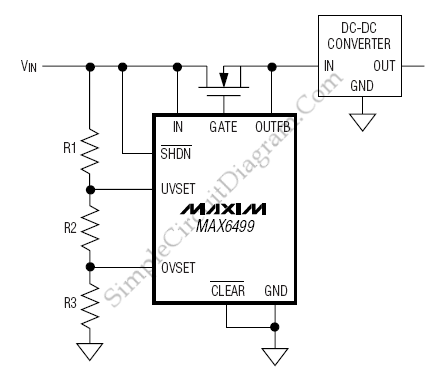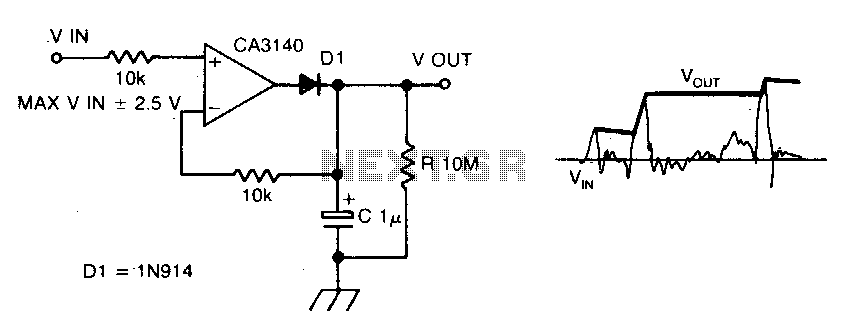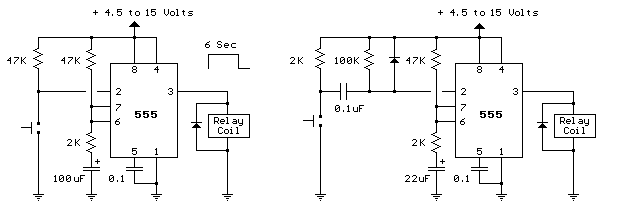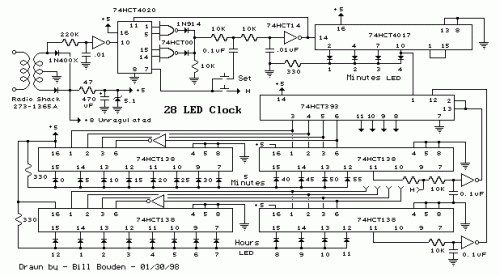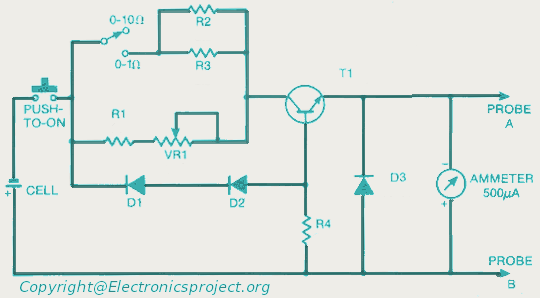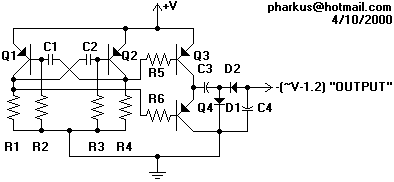
Nixie low voltage PSU With 555 Timer IC

The following circuit illustrates a low voltage power supply (PSU) for Nixie tubes utilizing a 555 Timer integrated circuit (IC). The coil used in this schematic is purchased from a store.
The described circuit operates as a low voltage power supply specifically designed for Nixie tubes, which require high voltage for operation while being powered by a lower voltage source. The heart of the circuit is the 555 Timer IC, configured in astable mode to generate a pulse-width modulation (PWM) signal. This PWM output can be used to control a switching transistor or MOSFET, which in turn drives a step-up transformer or an inductor.
The circuit typically includes a few key components: a 555 Timer IC, a resistor-capacitor (RC) network for timing, a switching device (transistor or MOSFET), and a coil or transformer for voltage step-up. The RC network sets the frequency and duty cycle of the PWM signal, which is crucial for determining the output voltage and current characteristics needed for the Nixie tubes.
The power supply input is connected to a low voltage source, such as a battery or a DC power supply, usually in the range of 5 to 12 volts. The output from the transformer or coil can generate a high voltage, typically between 170 to 200 volts, necessary for the Nixie tubes to operate effectively.
In addition to the main components, it is essential to incorporate protective elements such as diodes to prevent back EMF from damaging the circuit and capacitors to filter the output voltage, ensuring stability and smooth operation. Proper heat dissipation methods must also be considered, particularly for the switching device, to prevent overheating during prolonged use.
This circuit design exemplifies an efficient approach to powering Nixie tubes, combining the reliability of the 555 Timer with the simplicity of a low voltage input to achieve the necessary high voltage output.The following circuit shows about Nixie low voltage PSU With 555 Timer IC. Features: The coil used in this schematics is bought in the shop, .. 🔗 External reference
The described circuit operates as a low voltage power supply specifically designed for Nixie tubes, which require high voltage for operation while being powered by a lower voltage source. The heart of the circuit is the 555 Timer IC, configured in astable mode to generate a pulse-width modulation (PWM) signal. This PWM output can be used to control a switching transistor or MOSFET, which in turn drives a step-up transformer or an inductor.
The circuit typically includes a few key components: a 555 Timer IC, a resistor-capacitor (RC) network for timing, a switching device (transistor or MOSFET), and a coil or transformer for voltage step-up. The RC network sets the frequency and duty cycle of the PWM signal, which is crucial for determining the output voltage and current characteristics needed for the Nixie tubes.
The power supply input is connected to a low voltage source, such as a battery or a DC power supply, usually in the range of 5 to 12 volts. The output from the transformer or coil can generate a high voltage, typically between 170 to 200 volts, necessary for the Nixie tubes to operate effectively.
In addition to the main components, it is essential to incorporate protective elements such as diodes to prevent back EMF from damaging the circuit and capacitors to filter the output voltage, ensuring stability and smooth operation. Proper heat dissipation methods must also be considered, particularly for the switching device, to prevent overheating during prolonged use.
This circuit design exemplifies an efficient approach to powering Nixie tubes, combining the reliability of the 555 Timer with the simplicity of a low voltage input to achieve the necessary high voltage output.The following circuit shows about Nixie low voltage PSU With 555 Timer IC. Features: The coil used in this schematics is bought in the shop, .. 🔗 External reference
